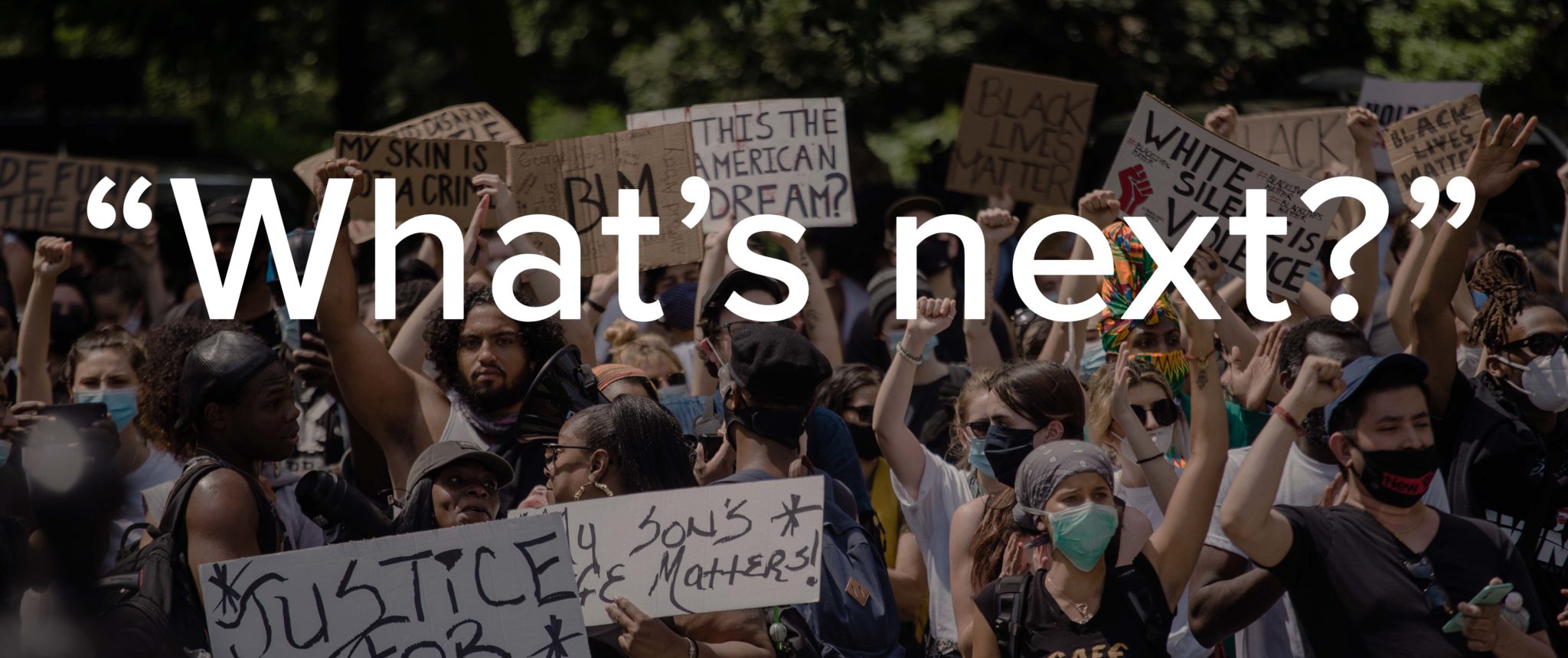Equality and Justice for Black Americans
Business Alum Helps Guide Amazon’s $27 Million Donation to Support Social Justice

Angelina Howard, BSBA, ’14, Senior Product Manager for Digital Video Games and Software at Amazon & President of the Black Employee Network.
Before Angelina Howard graduated with her bachelor’s degree in business, she knew that she was afforded opportunities that many others like her weren’t.
Before she was promoted to a senior product manager at Amazon, she knew that no matter how successful she became there would still be people who’d judge her first based on the color of her skin.
Before she rose to serve as president of Amazon’s Black Employee Network and began helping the company direct its recent $27 million donation to community organizations fighting injustice and supporting members of the Black community, she was a CSU student trying to figure out how to make a difference.
Pursuing Your Passions and Getting Involved
“I was always involved. Everything in my being is like, ‘I have to do something. I have to do something,’” said Howard, recalling her time at CSU.
She mentored other first-gen students in the College of Business Mentoring Program, served in leadership roles for CSU’s Black Student Alliance and the APICS Supply Chain Management Club, and was active in the Business Diversity and Leadership Alliance.
“I just gravitate toward things that I’m passionate about,” she said, “I wanted to learn more, and that’s my way of learning: to do.”
As she fostered the curiosity that led her to connect with so many new communities, she began to develop a different perspective on the one she came from.
“You would have to combine the net worth of 11.5 Black households to get the net worth of a typical White U.S. household.”
– The Washington Post
The Black-White economic divide is as wide as it was in 1968
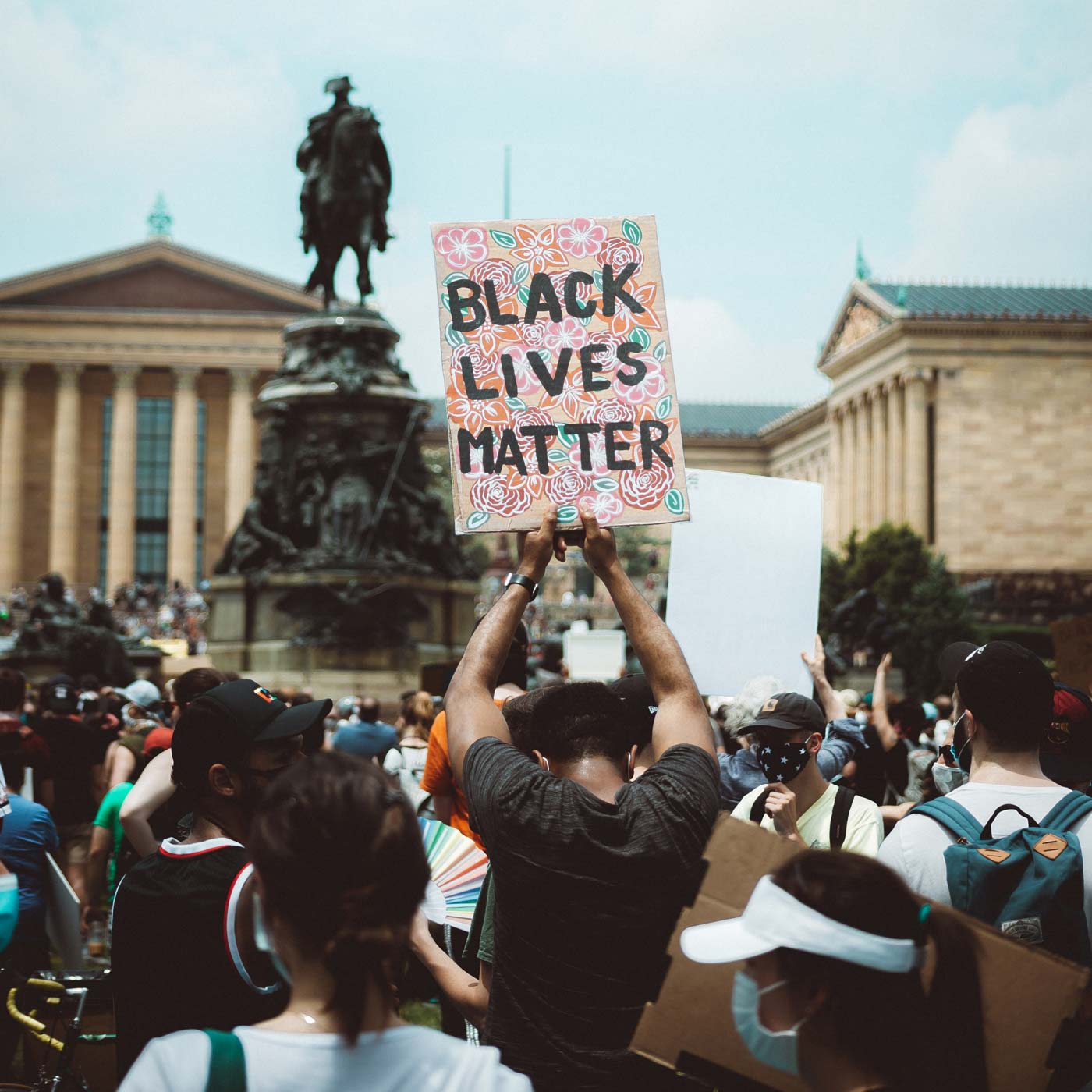
Recognizing Systemic Racism and Taking a Stand
Howard spent her childhood in the suburbs outside of St. Louis, a city that has some of the starkest racial disparities in the country, before she moved to Colorado and graduated from Denver East High School.
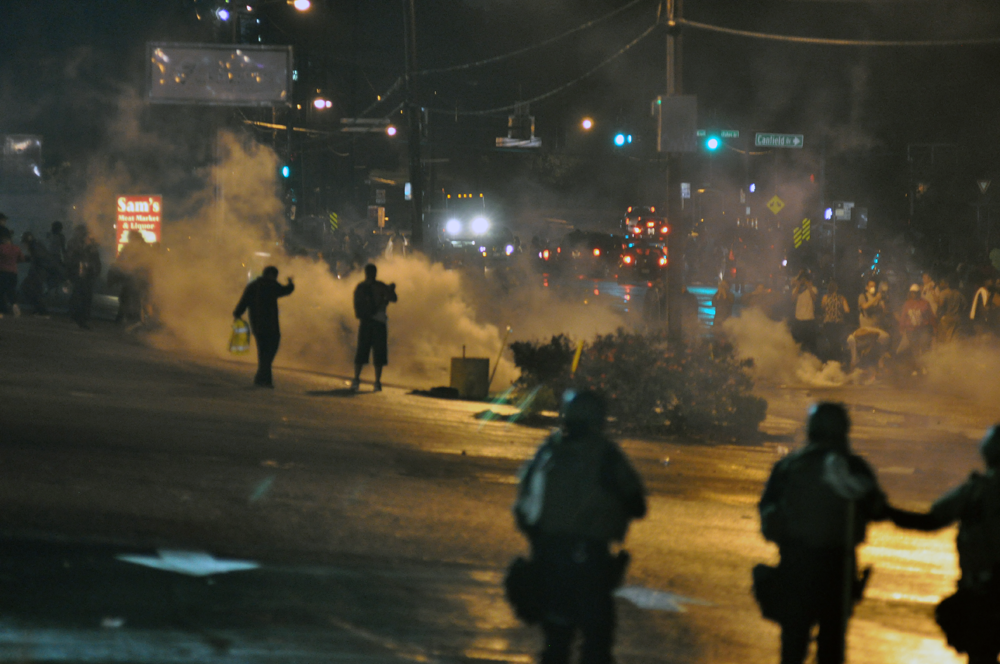
“I’ve always known there was systemic racism, but I didn’t see the direct impacts of it,” Howard said.
Her views started to crystalize after the police shooting of Michael Brown in 2014, just a few miles from her childhood home. She saw police violence, inequality and protests that grew in response highlighted in videos and messages across social media.
Howard had just moved to Seattle to start her career with Amazon and didn’t have the same support network she was used to.
“I didn’t have any Black friends that could identify with what I was going through. It was a hard time and made me miss having a community close to me,” said Howard.
Those feelings spurred her to connect with the people around her, including Rovina Broomfield, then-president of the Black Employee Network, who took Howard under her wing and encouraged her to get involved with the group.
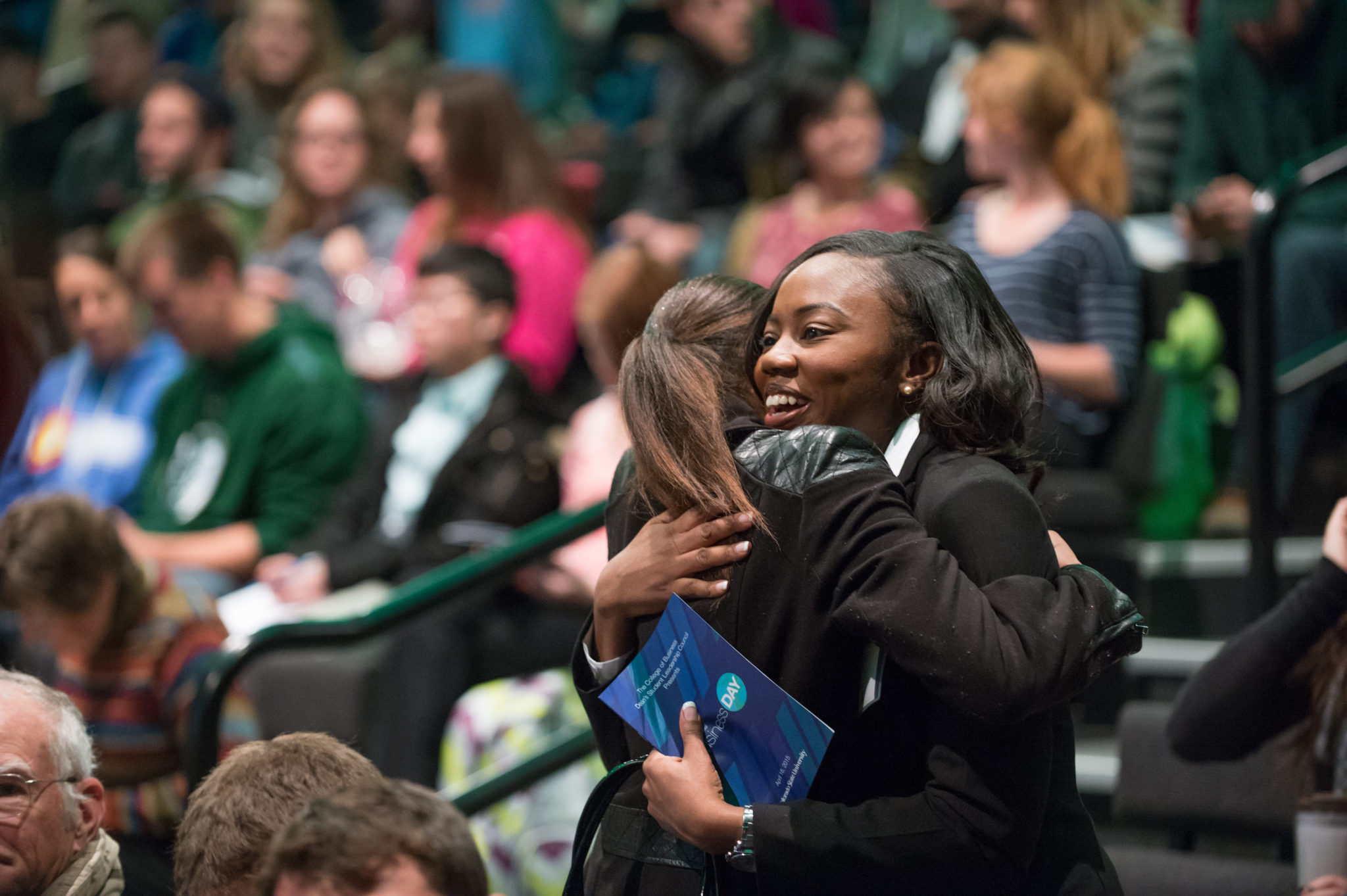
When Howard later returned to her hometown as an adult, her perspective had broadened. Instead of drawing primarily on what her life was like growing up, she started to compare her experiences with those of people living in communities alongside hers.
“I started to learn about really the deep-rooted causes for poverty … it took me a while to really understand it,” said Howard.
She dug into the topic with the same fervor as she did with her studies at the College of Business and began seeing connections. She learned more about “redlining” and the decades-long discriminatory mortgage lending programs that suppressed minority communities’ ability to build wealth by restricting their access to loans offered through the Federal Housing Administration.
The Federal Housing Administration provided 98 percent of its loans between 1934 and 1962 to White Americans, according to the New York Times. Lending patterns had the effect of “locking nearly all Black Americans out of the government program credited with building the modern (white) middle class,” the newspaper reported.
74% of American neighborhoods ‘redlined’ in the 1930’s are “still struggling economically.”

Looking at substandard schools in Black communities with few resources, Howard began to see more examples of how these injustices hadn’t ended when the racially-motivated policies did. She saw the effects still being felt around her.
But, Howard had a simple response to the complex problem: “This isn’t right and how do we fix it?”
First Asking: What Are the Biggest Things Impacting the Black Community?
Fast forward to today and Howard is in a position where she can help in ways she couldn’t have even imagined even just a few short years ago.
As a rising professional at Amazon and president of Amazon’s Black Employee Network, she has joined the ranks of leaders who for the past 15 years have worked to spur change. As president, she is playing a key role in shining light on the experience of Black employees at the company, as well as the challenges weighing down Black communities fighting against the tides of inequality.
“Our mission is really, how do we support our employees from a recruitment standpoint, professional development, and also the Black community as a whole,” Howard said.
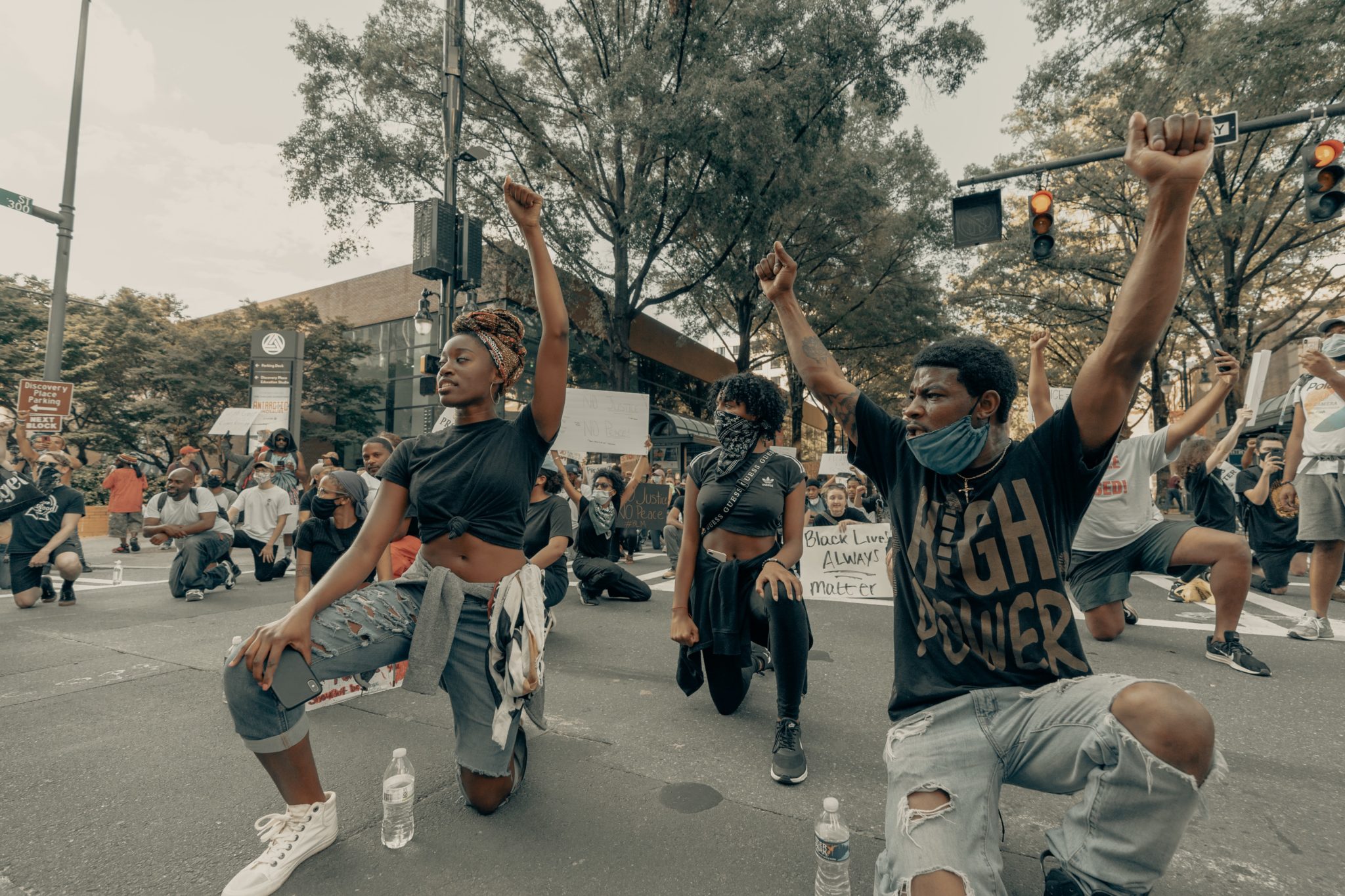
When protests over the police killing of George Floyd gripped the nation and the conversation around issues of police violence and inequality came to the fore, Howard and the members of the Black Employee Network were ready to help. Amazon tapped them to help select the 12 organizations that would receive part of the company’s $10 million donation, and also provided the group with a grant to support local business in the 16 cities where they have chapters.
“There are a lot of different organizations that we really want to work with, but we said, ‘How do we make sure that we are having a laser focus,” said Howard. “I use some of my own experiences, but I also try to pick out: What are the biggest things that are impacting the Black community overall?”
Taking a broad look and considering how they could maximize their impact, the Black Employee Network partnered with Amazon’s leadership and eventually homed in on groups fighting for social justice and education.
Amazon announced the donation in early June, voicing their support for the Black Lives Matter movement and highlighting the company’s financial assistance for organizations like the ACLU Foundation, Equal Justice Initiative, NAACP, National Bar Association and others “working to bring about social justice and improve the lives of Black and African Americans.”
Howard was struck by how prominently the company took a stand.
“If you went to Amazon.com, it literally, big on the homepage, said, ‘Black Lives Matter.’ To me, it made me proud as that is prime real estate,” she said.
Soon after, the company announced it would match the donations of their employees, who stepped forward to donate an additional $8.5 million in just over a month, bringing the total amount Amazon has pledged to donated to $27 million.
Fostering Needed Conversations
However, Howard sees the responsibility of companies extending further than donations, from refining their hiring processes to using their platforms to inspire people to challenged entrenched viewpoints.
“We will continue these conversations about how Amazon can support employees and the entire Black community beyond these tragic recent events,” said Howard, quoted by Amazon in their announcement.
“A lot of the stuff that’s happening right now has always happened in the world … but I think now people are really seeing it,” said Howard, who hopes that this acknowledgement will lead others to start thinking about how the thread of discrimination connect topics like access to education and diversity in the workplace.
She believes that helping BIPOC (black, Indigenous and people of color) students attend college can be a win-win for them and companies looking to not just fill their ranks with diverse employees, but benefit their organizations by fostering inclusive environments where everyone feels welcome.
“It’s important to make sure you don’t have a room full of people who think the same way and who look the same way, because your customers aren’t all the same,” Howard said.
“Those are going to be the leaders of tomorrow and what we’re seeing with a lot of leadership teams today is that they’re not diverse,” said Howard, “So, how do we get people into colleges and universities? How do we get them to be educated on subjects they care about, encourage them to be entrepreneurs, so they can hopefully bring this country to be as great as it can be?”
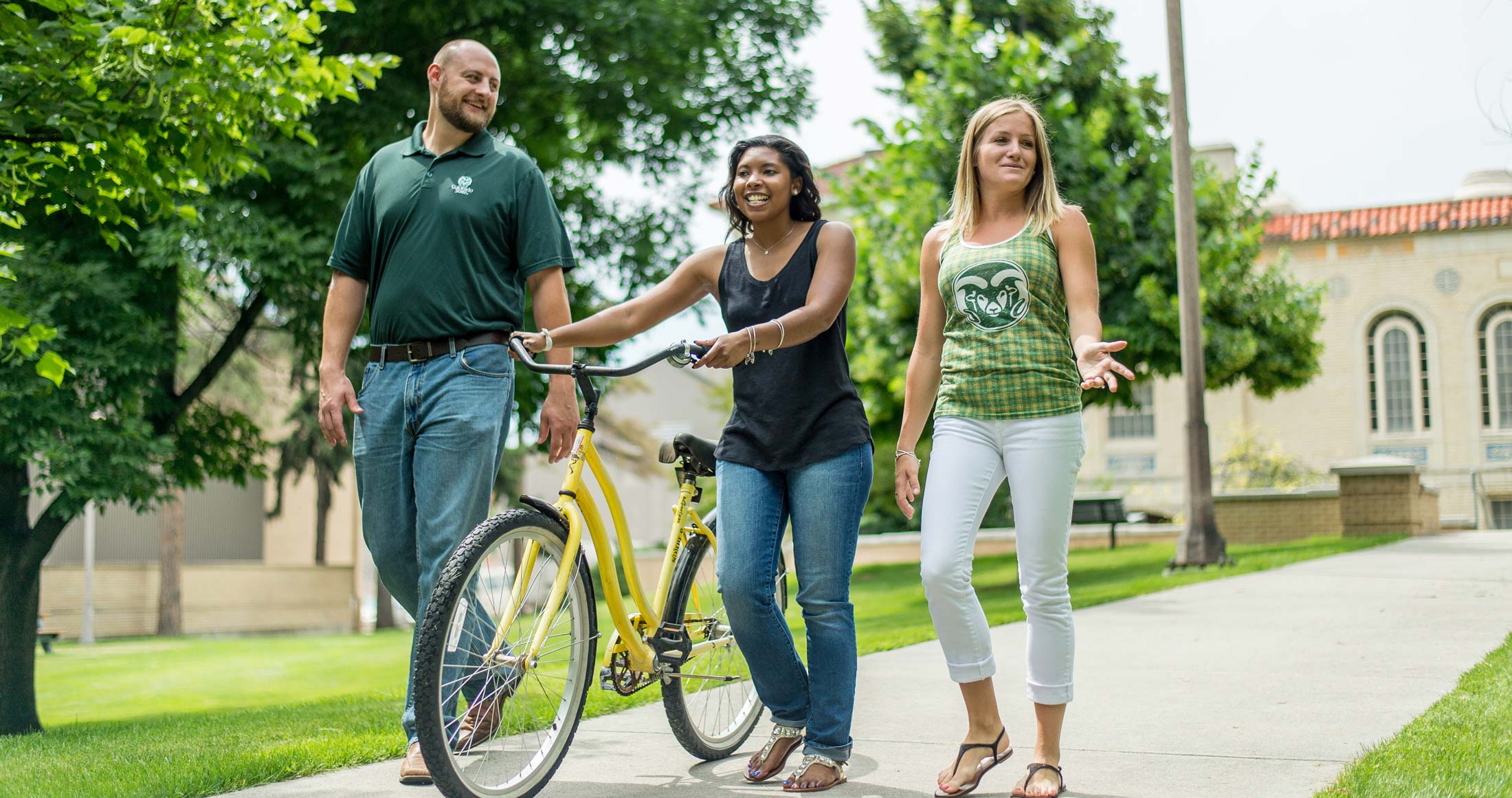
One of the first steps is inclusion, Howard says. Although she believes in the value of organizations within companies and universities that support students and employees of color, that’s just the beginning. She wants to see the type of environment within those organizations – places where people can break down barriers, share resources and have a place to feel comfortable engaging in difficult conversations – expand to include everyone instead of it being the responsibility of underrepresented populations to speak out.
“I always felt supported at CSU … I never felt like I didn’t belong, which I think is amazing, because some people do feel like they have impostor syndrome,” said Howard. “I’ve noticed that CSU has done a great job and they’re continuing to figure out how to reinvent themselves.”
‘It feels good to be part of change’
For Howard, the last few months have been a whirlwind with the changes opening new opportunities to help others.
“A lot of people have their own perceptions as to what companies are doing. I like the fact that I have visibility into it and I can provide my feedback,” she said. “So, like, ‘Hey, here’s how we can really be in touch and in tune with our community.’”
“While I’m also dealing with everything that’s going on … it has really given me fulfillment to be able to take a step back and provide input and help Amazon as we’re diving deeper into inclusion and diversity,” said Howard. “It feels good to be part of change.”
Her big question now?
